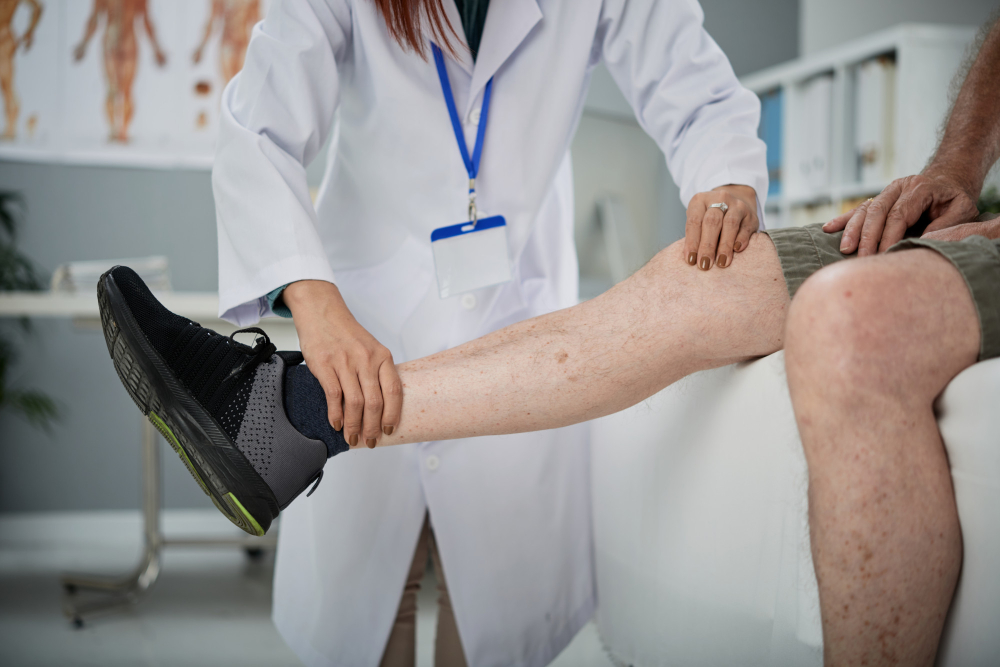Varicose veins not only bring unrest to life, but are also quite unbearable.
If you live with this condition and have severe symptoms, you don’t have to worry about the long operating hours. Fortunately, there are advanced medical treatments that include minimally invasive methods to treat the veins.
Before you consider treatment, here is a guide explaining the 4 procedure minimally invasive vein treatments so you find the right one for your needs:
1. Endovenous laser therapy
Endovenous laser therapy is known to treat the varicose vein by sealing the affected area using advanced technology. During the process it is not necessary to use general anesthesia. But if your healthcare provider uses it before treatment, it will provide more comfort during treatment.
The process begins by making a small incision near the ankle and inserting a thin laser fiber through it. This laser is activated over a period of time and begins to emit energy to heat the walls of the veins. This process helps with swelling and prevents blood clots in the veins.
After the treatment, the patient can go home the same day and can walk for an hour.
2. Phlebectomy treatment
This process is known as vein stripping, in which large and bulging veins are removed through small incisions in the skin. For this process, the patient is given local anesthesia to numb the incision area.
Once the areas are numb, the surgeon will make a series of small incisions around the ankle down to the leg. The surgeon then inserted a tool called a phlebectomy hook to grab the vein and pull it out.
The incisions are then closed with sutures or medical glue. The patient can leave the journey home on the same day. However, it is always necessary to discuss the complications and benefits of the treatment before signing up for it.
3. Radiofrequency ablation
Unlike the other procedures, the name radiofrequency uses radiofrequency energy to heat the affected veins. Before this process, the patient is always given a local anesthetic to numb the area.
This process involves inserting a catheter through the ankle, leading to the affected area. This emits radio frequency that causes the walls to collapse and seal. The catheter is then removed from the incision.
After treatmentthe patient is advised not to do heavy lifting or strenuous exercise. Keep the incision area clean and dry to better heal in time.
4. Sclerotherapy
Sclerotherapy is the most invasive treatment for spider veins and varicose veins. The process involves injecting a solution into the affected vein. The solution, sclerosant, causes the vein to scar and close.
This treatment helps remove the appearance of veins and reduces the symptoms that cause pain and swelling. But after the procedure there is a long process of wearing compression leggings for almost seven days. For effective results, it is also advised to avoid strenuous exercise after the process.
Image by press photo on Freepik





